This article was medically reviewed by Victor Catania, MD. Dr. Catania is a board certified Family Medicine Physician in Pennsylvania. He received his MD from the Medical University of the Americas in 2012 and completed his residency in Family Medicine at the Robert Packer Hospital. He is a member of the American Board of Family Medicine.
There are 17 references cited in this article, which can be found at the bottom of the page.
wikiHow marks an article as reader-approved once it receives enough positive feedback. In this case, 93% of readers who voted found the article helpful, earning it our reader-approved status.
This article has been viewed 414,993 times.
Research suggests that making an effort to improve your cholesterol reduces your risk of heart disease and stroke.[1] Improving your cholesterol numbers means not only lowering LDLs, but raising your HDLs as well. Studies show that by making lifestyle changes and eating a balanced diet, you can take steps to raise your good HDL cholesterol and lower bad LDL cholesterol to take control of your health.[2]
Steps
Seeing the Big Picture
-
1Educate yourself about good cholesterol. HDL, or high-density lipoprotein cholesterol, acts as the body's waste-disposal system in the blood. HDL combs through blood for bad cholesterol, LDL, and flushes it out to your liver for disposal. HDL lowers inflammation throughout the body.[3]
-
2Ask your doctor for a cholesterol blood test. High cholesterol does not have overt side effects, but it can be devastating on your health. Illnesses that come from bad cholesterol are serious, and should only be treated by a healthcare professional. Your doctor may suggest changes in lifestyle or diet if your HDL measures less than 60 mg/dL.[4]
- While in-home cholesterol tests are on the market, they have not yet been as accurate or trustworthy as a basic blood test.
Advertisement -
3Calculate your total blood cholesterol. Having ‘good cholesterol’ is a combination of limiting LDLs and increasing HDLs. While you may be doing one of these very well, it is helpful to see the big picture if you are falling behind on the other. To calculate total blood cholesterol, add your LDL, HDL, and 20 percent of your triglycerides.[5]
- Triglycerides are body fat, so you want this number to be lower.
- Aim for a total blood cholesterol under 200. Above 240 is considered to be high.
Raising High-Density Lipoprotein (HDL)
-
1Set a target for your good HDL. Cholesterol is measured in milligrams per deciliter of blood. People whose HDL levels are beneath 60 mg/dL are considered at risk for heart disease. Aim for a higher number of good cholesterol (higher than 60 mg/dL but less than 200 mg/dL).[6]
- People whose HDL levels are less than 40 mg/dL are considered seriously at risk for heart disease.
-
2Lose weight if you are overweight. If you lose 6 lbs (2.72 kg), you can increase the good HDL that removes bad low-density lipoprotein cholesterol. Losing weight involves a combination of eating healthy and exercise.[7] You can lose weight without doing both, but most successful weight loss regimens have both at their core. For more on losing weight, see this guide.
- Don't starve yourself. Losing weight is all about eating healthy foods, according to correct portions, at the right times. If you starve yourself, your body will prime itself for deprivation and begin to store fat, almost like a bear before hibernation. Eat well in the morning, and progressively less as the day wears on.
- Don't expect to lose weight quickly. If you shed a couple pounds a week, consider yourself very successful. Most people who try to lose serious weight get discouraged and quit just as the real battle begins because they don't see real results. Remember that slow and steady wins the race to reduce the chance that you yoyo.
-
3Exercise regularly. Increase your heart rate for at least a half hour 5 times a week by doing things like playing basketball, raking, walking, running, bicycling or swimming. Gyms can be great exercise tools, but try not to completely upend your daily routine at once. Enthusiasm for drastically new and exciting exercise routines often ends with a return to inactivity.[8]
- If you have trouble finding time to exercise, break your exercise into three 10-minute sessions. At work, take a break and go for a brisk walk for 10 minutes before your lunch break and during or after lunch and when you get home. If you find it difficult to do this, you may not be ready to move onto an intensive workout routine yet.
- To get the most out of your exercise, try interval training. Interval training involves short bursts of intense activity followed by longer periods of lower activity. Try running around the track at full speed for one lap, followed by three laps of jogging.[9]
-
4Choose healthier fats. You should eat meat in moderation, and opt for leaner cuts.[10] Try swapping out meat for vegetable or bean alternatives once or twice this week in meals you normally eat meat. Those with vegetarian diets should also take care to make sure they are getting the right nutrients throughout the day.
- In an ideal world, most of your fats should be monounsaturated fats, as they lower overall cholesterol but maintain HDL. Monounsaturated fats include nuts (almonds, peanuts, cashews, macadamia nuts, pecans), avocado, olive oil, sesame oil, and tahini.[11]
-
5Drink alcohol in moderation. Alcohol consumption has been linked to lower rates of heart disease, interestingly enough. A drink or two per day may improve your HDL. Red wine especially has been linked to higher HDL and even lower LDL levels.[12]
-
6
Lowering Low-Density Lipoprotein (LDL)
-
1Ask your doctor if you should take medication to lower LDL. Due to age, disability, or other health issues, your body may not be able to regulate cholesterol. The optimal level of low-density lipoproteins is less than 100 mg/dL, although numbers between 100 mg/dL and 129 mg/dL are okay.[14] Your doctor may recommend drugs if your LDL level is at 160 or higher.
- Statins are the most common and preferred cholesterol-lowering medication.
- For those who display adverse reactions to statins, other prescribed cholesterol-fighting treatments include cholesterol absorption inhibitors, resins, and lipid-lowering therapies.
-
2Eat certain foods to lower LDL. Consume oats, whole grains and high-fiber foods. Brazil nuts, almonds and walnuts may help lower LDL. Since many of these can be snacks, it is easy for you to supplement your diet with heart-healthy foods.[15]
- Omega-3 fatty acids found in fatty fish, flax seed, flax seed oil and fish oil supplements can help lower LDL and raise HDL. Fatty fish include salmon, flounder, haddock, catfish, sardines, bluefish, herring, albacore tuna and anchovies.
- Eating substances called sterols and stanols may help. Sterols and stanols are in orange juice, some yogurt drinks and some margarines formulated to help fight bad cholesterol.[16]
- An easy way to add good fats is to swap out butter for canola or olive oil, or add flax seed.
-
3Limit saturated fats and trans fats. Saturated and trans fats are the "bad" fats, and double-whammies at that: they lower your HDL and heighten your LDL. Replacing saturated and trans fats with good fats (see above section) will help you lower your LDL levels.[17]
- Saturated fats include butter, lard, shortening, whipped cream, coconut, and palm oil.
- Trans fats include partially hydrogenated oils, margarine, ramen noodles, and fast food.
-
4Substitute water and green tea for high-calorie beverages. Water provides essential nutrients to organs and doesn't contain any sugars that promote LDL.[18] Green tea has substances that reduce bad cholesterol.[19] While tests continue to shed more light on coffee’s risks and benefits, most agree that coffee corresponds to increased cholesterol levels.[20]
- Since most recent research has debunked many long-standing myths about coffee's negative health effects, it may not be necessary to abstain entirely. With a balanced diet, you can safely consume coffee in moderation.[21]
Expert Q&A
-
QuestionWhat are some diet changes that can increase my good cholesterol (HDL)?
 Kristi AcunaKristi Acuna is a Holistic Nutritionist and the Owner of Holistic Nutrition Center in Orange County, California. With over 15 years of experience, Kristi specializes in a comprehensive and holistic approach to nutrition through nutrition response testing, heart rate variability, thermography, and brainspan. She has experience helping with weight gain, fatigue, insomnia, food allergies, diabetes, irritable bowel syndrome, digestion problems, sinus infections, and PMS and menopause symptoms. Kristi holds a BS in Holistic Nutrition from Clayton College of Natural Health. Holistic Nutrition Center focuses on the root cause of health challenges and helps people heal and restore balance to their bodies.
Kristi AcunaKristi Acuna is a Holistic Nutritionist and the Owner of Holistic Nutrition Center in Orange County, California. With over 15 years of experience, Kristi specializes in a comprehensive and holistic approach to nutrition through nutrition response testing, heart rate variability, thermography, and brainspan. She has experience helping with weight gain, fatigue, insomnia, food allergies, diabetes, irritable bowel syndrome, digestion problems, sinus infections, and PMS and menopause symptoms. Kristi holds a BS in Holistic Nutrition from Clayton College of Natural Health. Holistic Nutrition Center focuses on the root cause of health challenges and helps people heal and restore balance to their bodies.
Holistic Nutritionist Healthy saturated fats have been proven to help support your cholesterol production. Make sure to consume pasture-raised lard, butter, egg yolks, beef tallow, and sardines.
Healthy saturated fats have been proven to help support your cholesterol production. Make sure to consume pasture-raised lard, butter, egg yolks, beef tallow, and sardines.
Warnings
- Avoid trans fats, which lower HDL and raise LDL. Foods that may contain trans fats include shortening and some margarine, cake and biscuit mixes, ramen noodles, deep-fried fast food, frozen foods, doughnuts, baked goods, candy, crackers, chips, breakfast cereal, energy bars and dips, gravy mixes and toppings.⧼thumbs_response⧽
- Follow all prescribed advice of your healthcare professional.⧼thumbs_response⧽
References
- ↑ http://www.heart.org/HEARTORG/Conditions/Cholesterol/AboutCholesterol/What-Your-Cholesterol-Levels-Mean_UCM_305562_Article.jsp
- ↑ https://www.cdc.gov/cholesterol/prevention.htm
- ↑ https://medlineplus.gov/hdlthegoodcholesterol.html
- ↑ https://medlineplus.gov/lab-tests/cholesterol-levels/
- ↑ http://www.heart.org/HEARTORG/Conditions/Cholesterol/AboutCholesterol/What-Your-Cholesterol-Levels-Mean_UCM_305562_Article.jsp
- ↑ https://my.clevelandclinic.org/health/articles/11920-cholesterol-numbers-what-do-they-mean
- ↑ https://medlineplus.gov/cholesterollevelswhatyouneedtoknow.html
- ↑ https://medlineplus.gov/hdlthegoodcholesterol.html
- ↑ https://www.health.harvard.edu/exercise-and-fitness/interval-training-for-a-stronger-heart
- ↑ http://www.heart.org/HEARTORG/Conditions/Cholesterol/PreventionTreatmentofHighCholesterol/Cooking-for-Lower-Cholesterol_UCM_305630_Article.jsp
- ↑ https://www.heart.org/en/healthy-living/healthy-eating/eat-smart/fats/monounsaturated-fats
- ↑ https://medlineplus.gov/hdlthegoodcholesterol.html
- ↑ https://medlineplus.gov/cholesterollevelswhatyouneedtoknow.html
- ↑ https://www.nlm.nih.gov/medlineplus/magazine/issues/summer12/articles/summer12pg6-7.html
- ↑ https://my.clevelandclinic.org/health/articles/11920-cholesterol-numbers-what-do-they-mean
- ↑ https://www.health.harvard.edu/heart-health/11-foods-that-lower-cholesterol
- ↑ https://www.heart.org/en/healthy-living/healthy-eating/eat-smart/fats/trans-fat
- ↑ https://www.heart.org/en/news/2020/02/26/sugary-drinks-negatively-impact-these-two-risk-factors-for-heart-disease
- ↑ https://www.health.harvard.edu/heart-health/green-tea-may-lower-heart-disease-risk
- ↑ https://health.clevelandclinic.org/what-you-should-know-about-cholesterol-and-coffee/
- ↑ https://www.fda.gov/consumers/consumer-updates/spilling-beans-how-much-caffeine-too-much

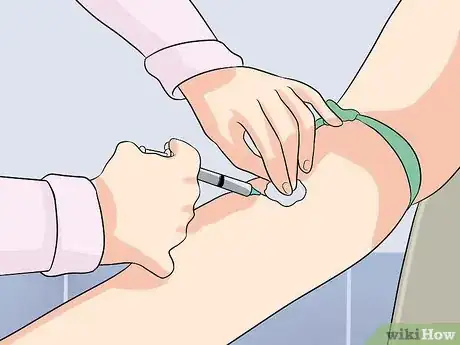

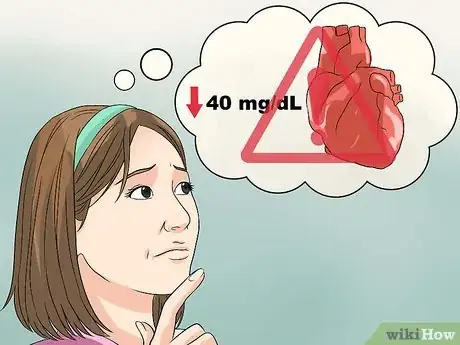
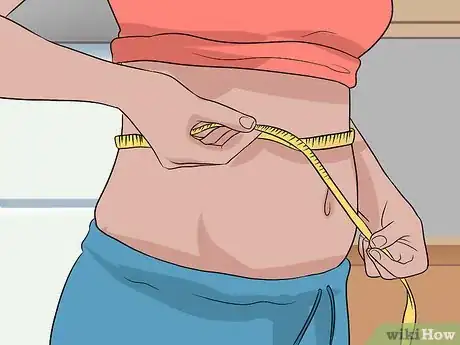

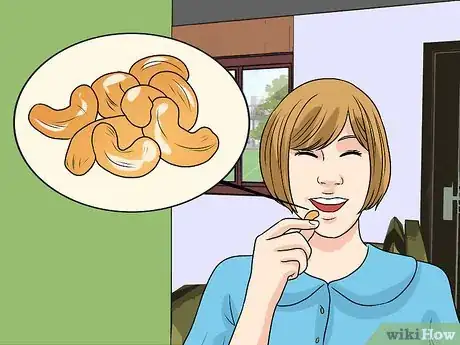
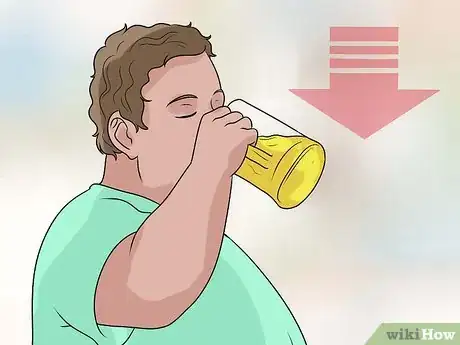
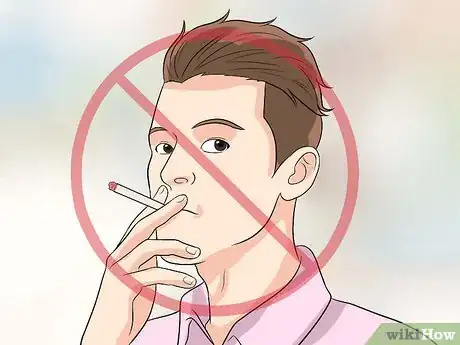
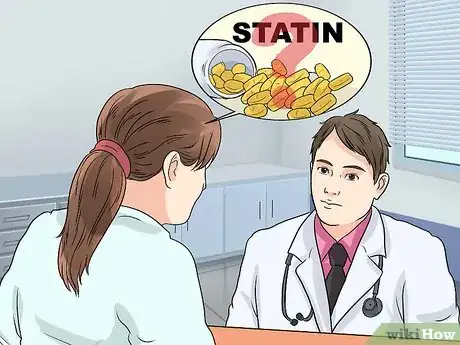
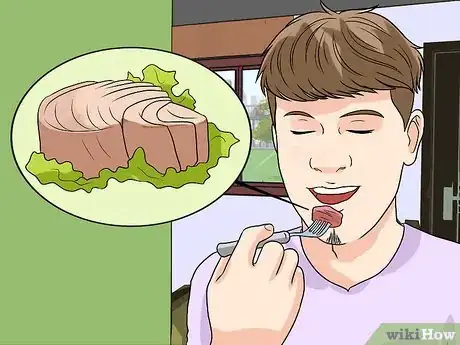
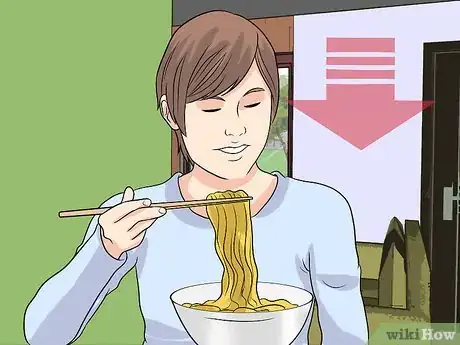
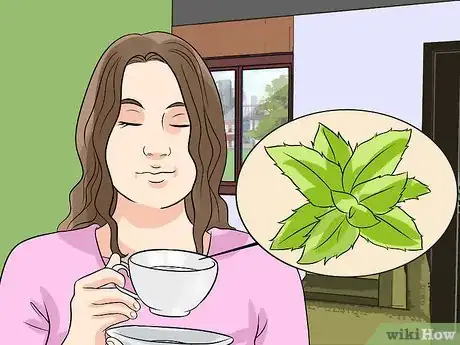
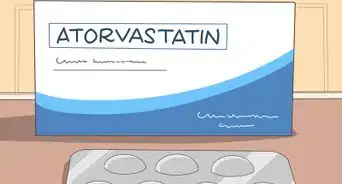



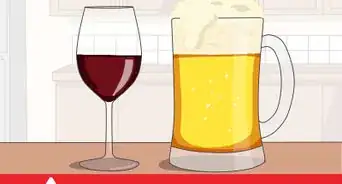

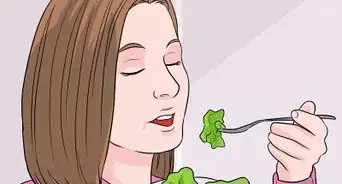


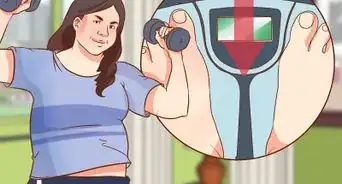
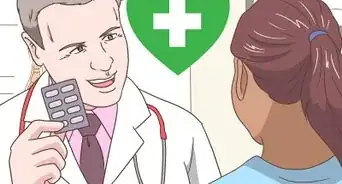

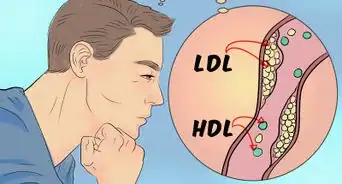
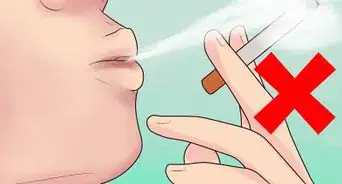










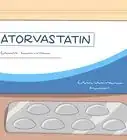
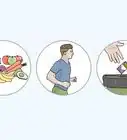

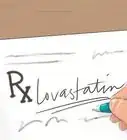




































Medical Disclaimer
The content of this article is not intended to be a substitute for professional medical advice, examination, diagnosis, or treatment. You should always contact your doctor or other qualified healthcare professional before starting, changing, or stopping any kind of health treatment.
Read More...